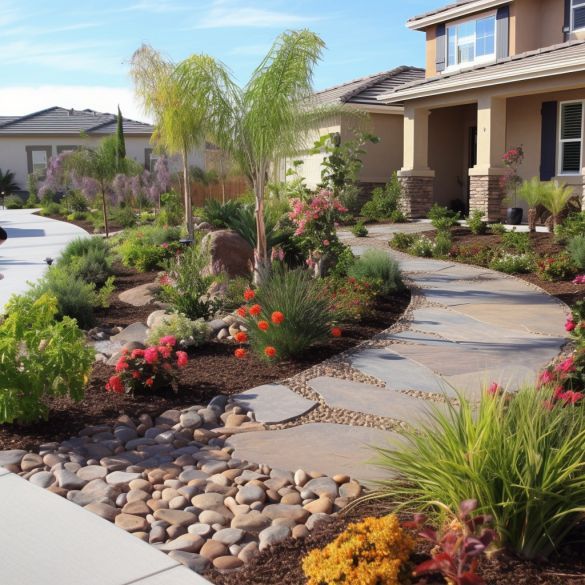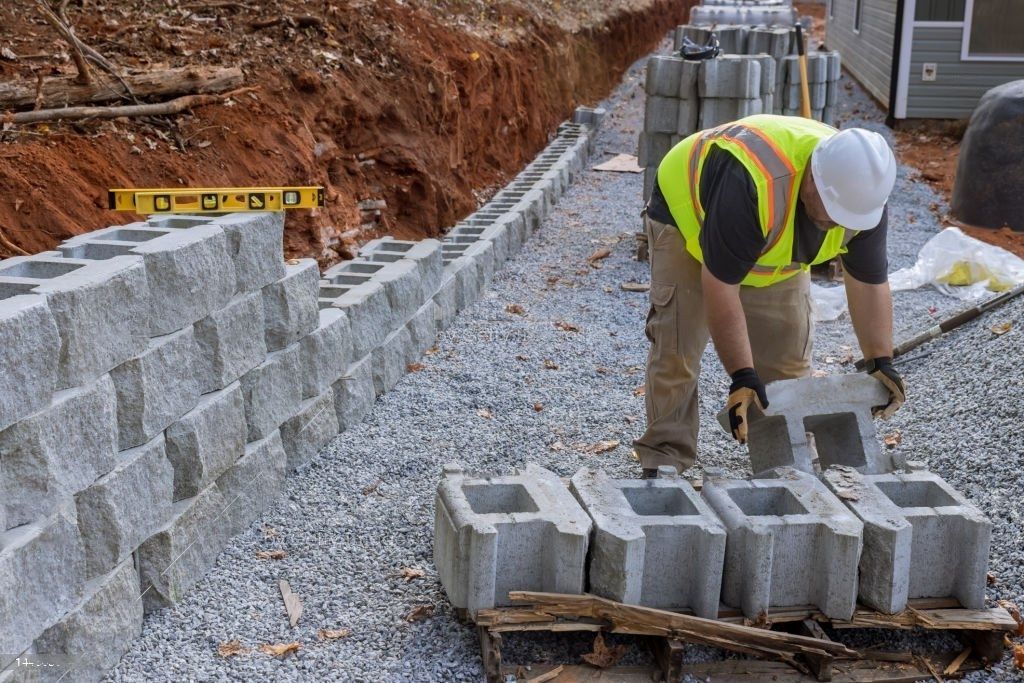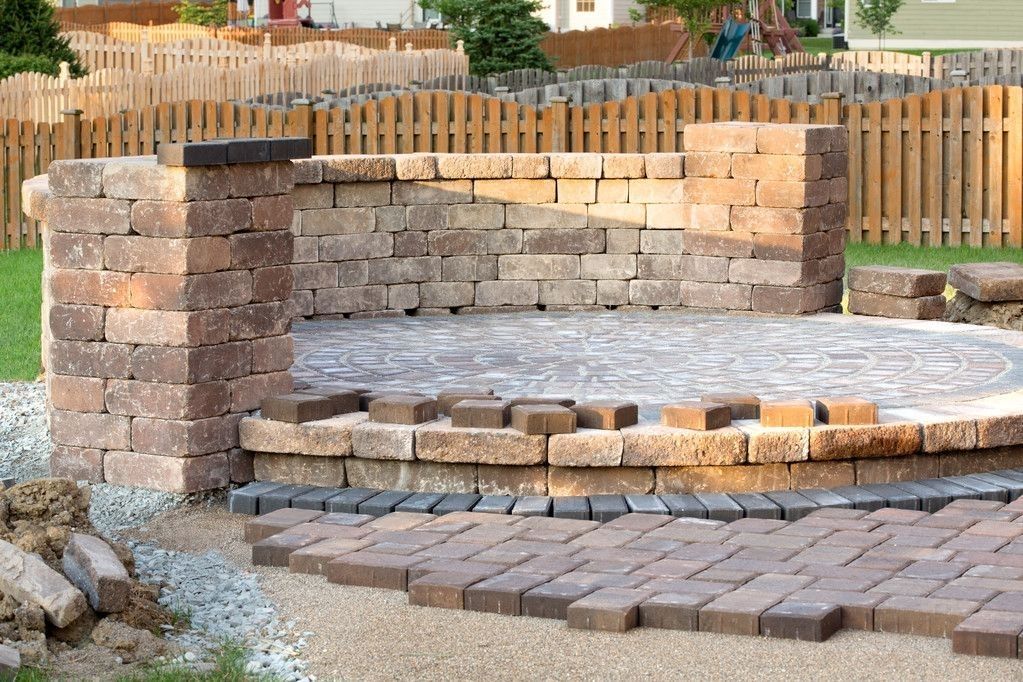DIY Landscape Installation - Tips and Tricks for a Successful Project
Yorba Landscaping • March 19, 2023
Introduction:
DIY landscaping is an excellent way to add beauty, value, and personal touch to your residential or commercial property. However, it can be challenging if you're not familiar with the process of planning and executing such projects. This blog post aims at providing comprehensive guidelines on DIY landscape installations that will help homeowners get started in their journey towards creating stunning landscapes.Site Preparation:
The first step in any landscaping project is site preparation. To prepare the area for planting follow these steps:1) Start by clearing out debris like rocks or weeds.
2) Evaluate soil quality; rich organic matter works best
3) Determine sun exposure levels based primarily upon time of day
4) Sketch out designs including plants & hardscape additions (patios/retaining walls/etc.)
Plant Selection:
Your chosen plants should meet size requirements while also fitting into existing color schemes around different areas of the yard/garden etc., all while being well-suited to growing conditions throughout each season! Choose from shrubs & bushes that can be easily trimmed into shapes, colorful perennials that bloom year after year and groundcovers to fill in the gaps between larger plants. Don't forget about ornamental grasses for texture and dimension!Materials Selection:
When selecting materials for DIY landscape installations you must consider durability & practicality. Using hardscape products made from stone pavers can help create walkways or patios around landscaping areas while bricks and blocks make great barriers/retaining walls etc. Mulch is also an excellent option as it's inexpensive, easy-to-install helps with moisture retention/pH balance of soil.Installation Tips:
The key to successful DIY landscaping is careful planning combined with execution! Here are some tips:1) Start small - don’t attempt a huge project on your first try!
2) Research different styles such as cottage gardens or formal landscapes
3) Know what grows well in your area by consulting nurseries or gardening centers.
4) Be realistic when scheduling the time needed – weather conditions can often play a role so plan accordingly.



